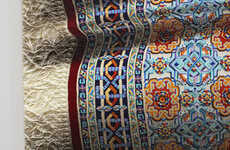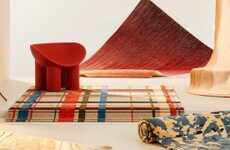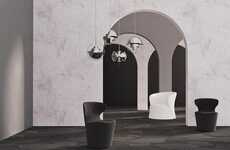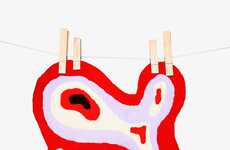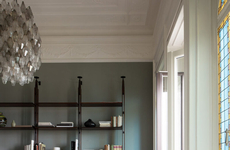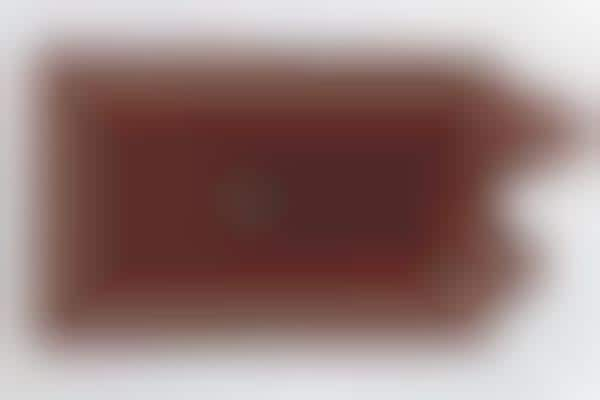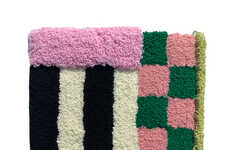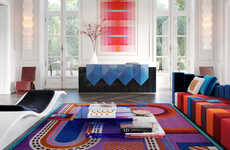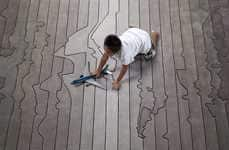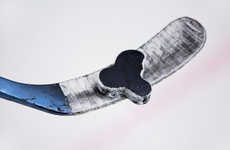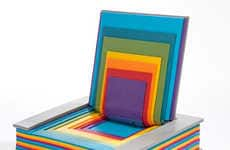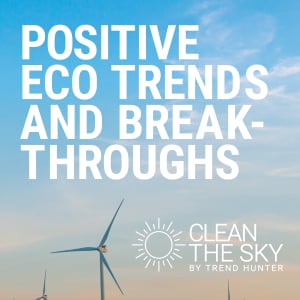
Artist Faig Ahmed Experiments with the Art of Traditional Textiles
Meghan Young — July 24, 2013 — Art & Design
References: faigahmed & fastcodesign
Taking tradition and turning it on its head, artist Faig Ahmed creates carpets that have been warped in wonderfully weird ways. While some look as though they were mistakes during the manufacturing process, others are a little harder to explain. For instance, Faig Ahmed embroiders a pink cartoonish bunny onto one and an optical illusion on another.
Living and working in Baku, Azerbaijan, Faig Ahmed essentially brings his study of sculpture to the world of textiles. In a way, he accentuates the idea of the handmade product by focusing on the glitches that can happen along the way. He writes, "It’s my instantaneous expression. The same changes happen in the world of today, each day. Ideas that have been formed for ages are being changed in moments."
Living and working in Baku, Azerbaijan, Faig Ahmed essentially brings his study of sculpture to the world of textiles. In a way, he accentuates the idea of the handmade product by focusing on the glitches that can happen along the way. He writes, "It’s my instantaneous expression. The same changes happen in the world of today, each day. Ideas that have been formed for ages are being changed in moments."
Trend Themes
1. Warped Textiles - Exploring the art of traditional textiles through unconventional and distorted designs, presenting an opportunity for disruptive innovation in the textile industry.
2. Glitch Art - Introducing glitches and errors in textile design as a deliberate artistic choice, creating disruption and pushing boundaries in the world of art and design.
3. Combining Sculpture and Textiles - Blurring the lines between sculpture and textiles, opening up possibilities for innovative and unique creations that challenge traditional norms.
Industry Implications
1. Textile Industry - The textile industry can embrace the idea of warping traditional designs to create unexpected and eye-catching products, appealing to a diverse consumer base.
2. Art and Design - The art and design industry can explore the concept of glitch art and incorporate intentional errors into textiles, offering new and exciting artistic expressions.
3. Fashion Industry - The fashion industry can fuse sculpture with textiles to create avant-garde and boundary-pushing fashion pieces, providing unique and disruptive options to consumers.
2.2
Score
Popularity
Activity
Freshness

